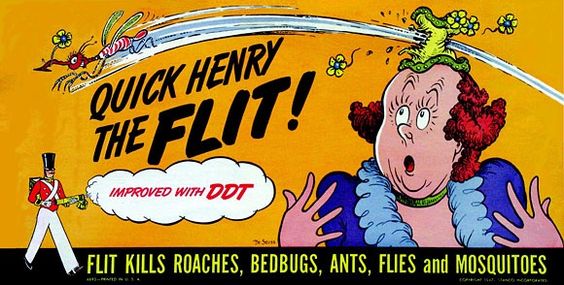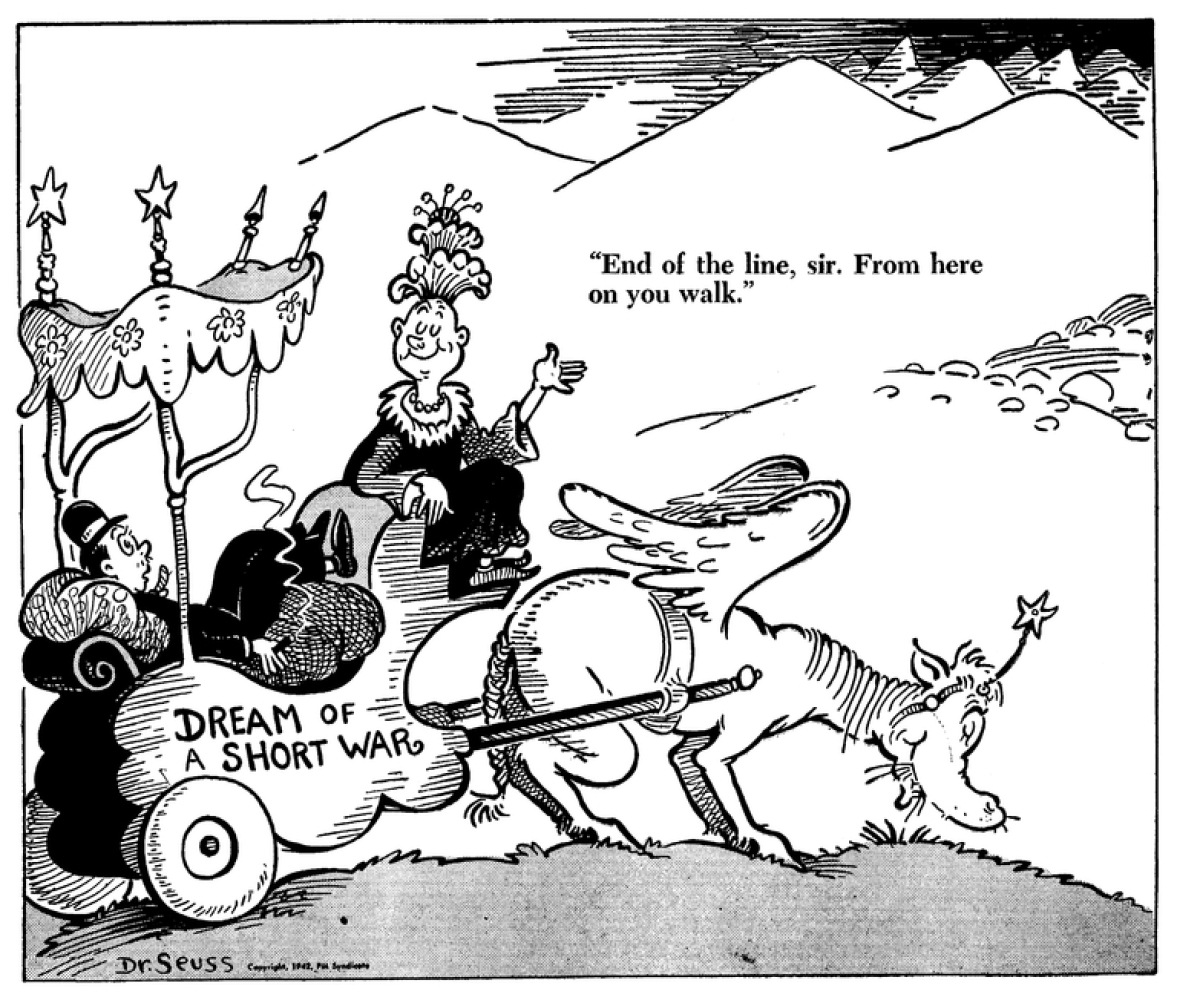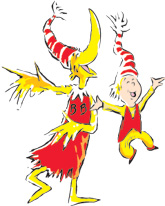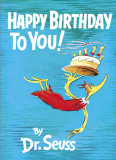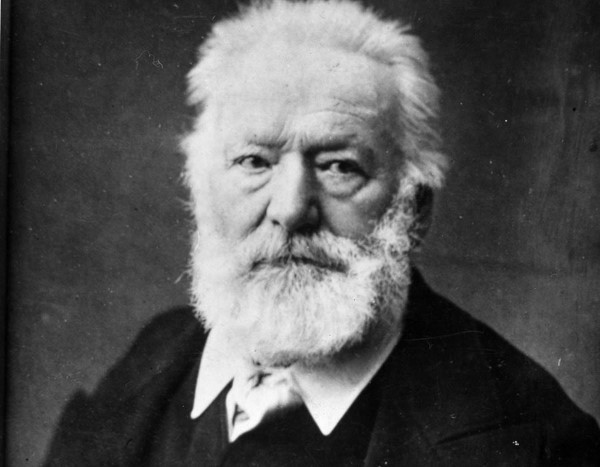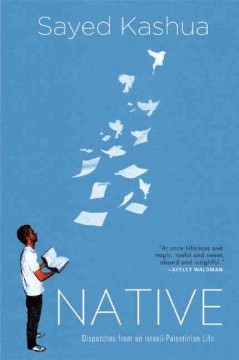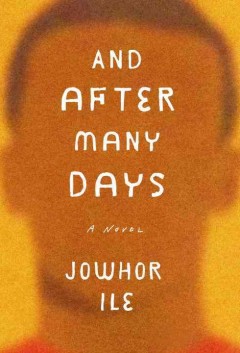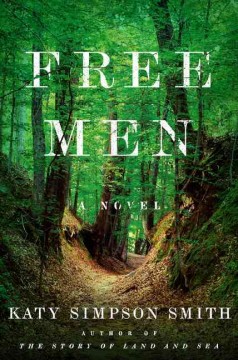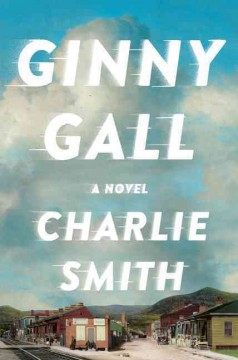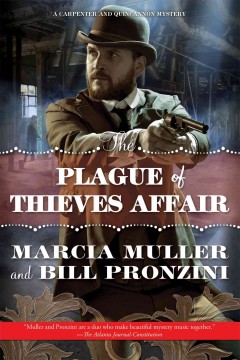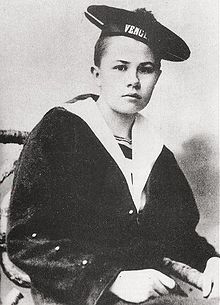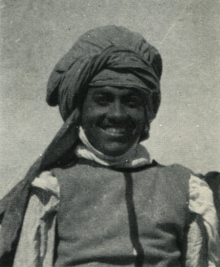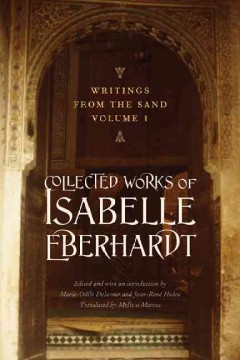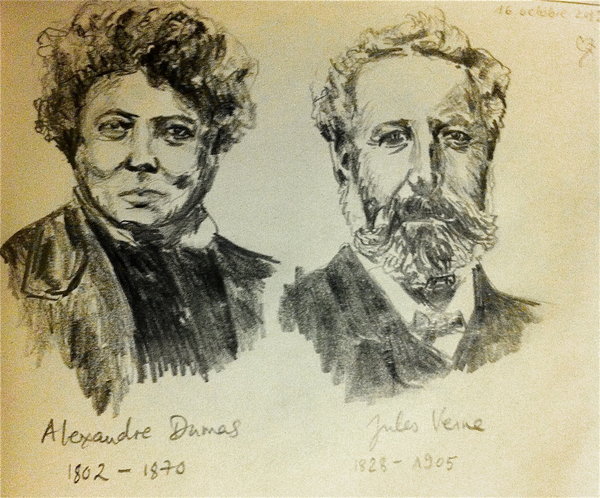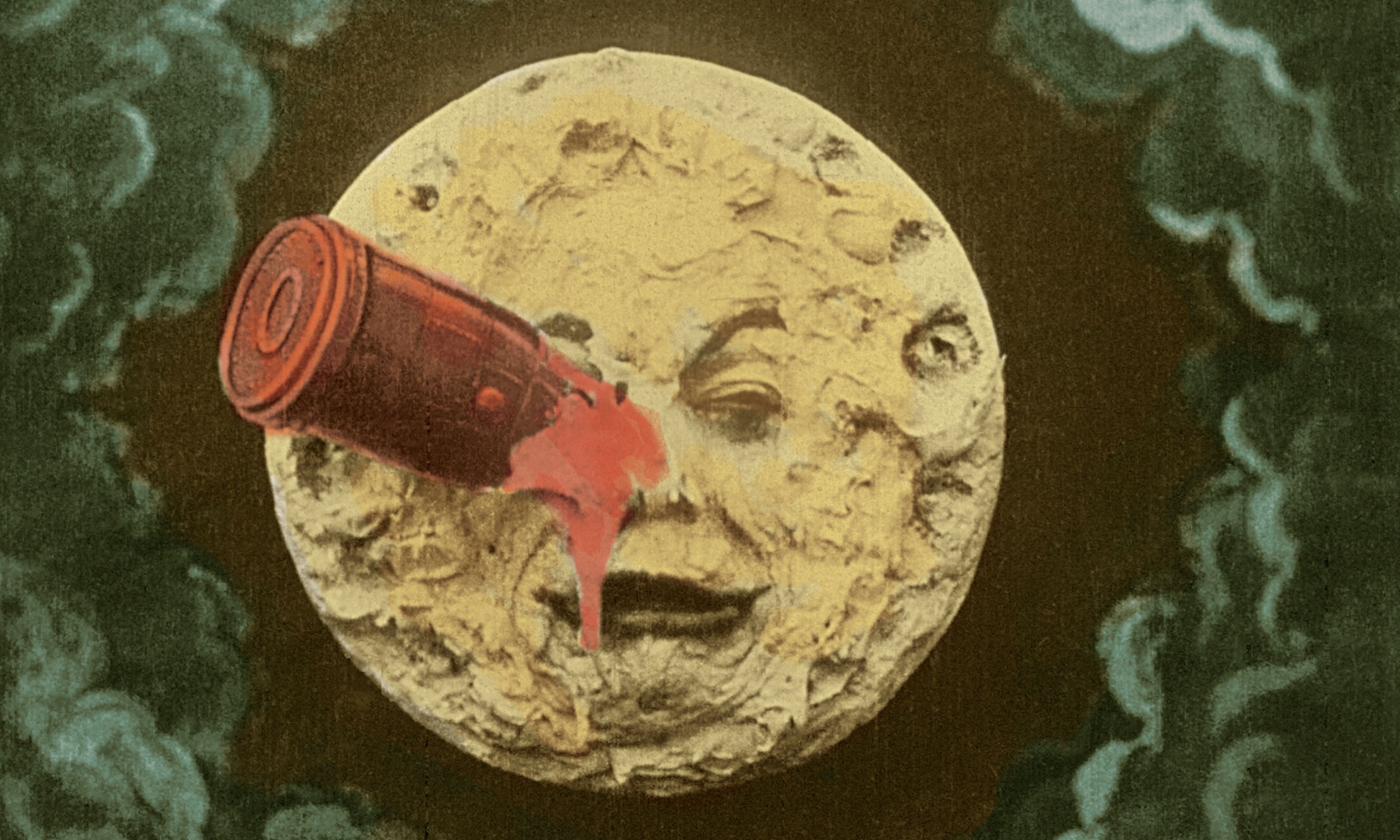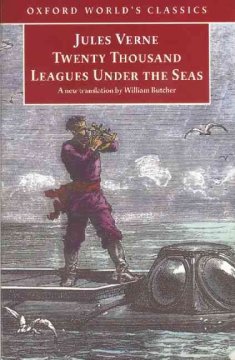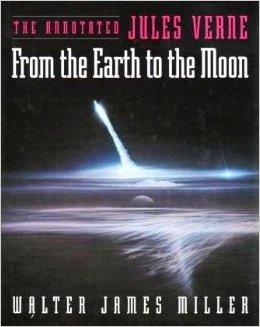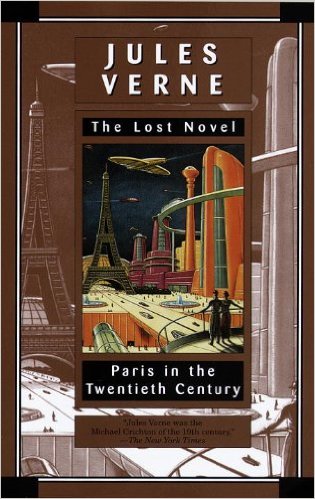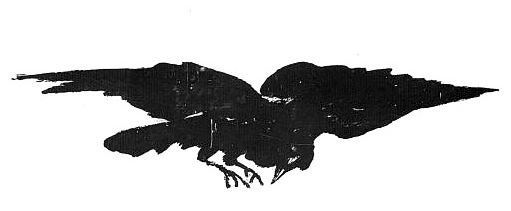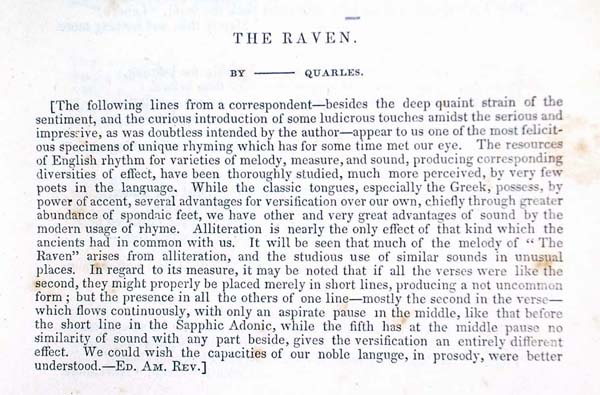And a very, very happy birthday to Douglas Adams!
Adams was born on this day in 1952, in Cambridge, England–and stood out from a very early age. It wasn’t just the fact that he was six feet tall by the time he was twelve years old (his final height was 6’5″), but it was also his very early talent for storytelling. He was the only student in his primary school to be award full marks for creative writing–a fact that remained a source of pride his whole life. It was on the strength of his writing that he was able to matriculate to St. John’s College, Cambridge, where he formed his own review show, and was elected to the Footlights, a comedy troupe that also included Stephen Fry and Hugh Laurie.
 Following graduation, he wrote for, and appeared in sketches for Monty Python, but it was The Hitchhiker’s Guide to the Galaxy, which he originally wrote as a radio performance in 1977, that changed everything. According to Adams, he was lying drunk in a field in Innsbruck, Austria, and looking at the stars one night (with a copy of The Hitchhiker’s Guide to Europe in his hand), when the idea for the story came to him. Whether this is strictly true is a little unclear, but Innsbruck still celebrates “Towel Day” in honor of Adams’ story. The novel version of Hitchhikers was released in 1979, and became the first in a five-volume series. He was also the author of the Dirk Gently series, which are just as delightful and remarkable insightful.
Following graduation, he wrote for, and appeared in sketches for Monty Python, but it was The Hitchhiker’s Guide to the Galaxy, which he originally wrote as a radio performance in 1977, that changed everything. According to Adams, he was lying drunk in a field in Innsbruck, Austria, and looking at the stars one night (with a copy of The Hitchhiker’s Guide to Europe in his hand), when the idea for the story came to him. Whether this is strictly true is a little unclear, but Innsbruck still celebrates “Towel Day” in honor of Adams’ story. The novel version of Hitchhikers was released in 1979, and became the first in a five-volume series. He was also the author of the Dirk Gently series, which are just as delightful and remarkable insightful.
One of Adams’ final public appearances was at the University of California, Santa Barbara, where he delivered a speech titled “Parrots, the Universe and Everything“, in which he talked about books, his adventures, and his deep, abiding environmentalism, in his own magical way. The video is available here for your enjoyment:
Personally, I first read The Hitchhiker’s Guide to the Galaxy in high school (and loved it), but it wasn’t until I was living in London, and had no money whatsoever, that I truly read that book, along the whole subsequent series, thanks to the Stoke Newington Library, and the world’s most benevolent used bookshop owner, who let me sit on the floor for hours and absorb the books via osmosis. So this birthday wish comes with sincere thanks, not only to Douglas Adams, but to the wonderful people who helped me discover him.
And, speaking of books–here are some more that have made it on to our shelves this week!
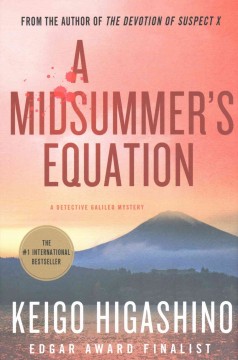 A Midsummer’s Equation: This is the sixth mystery novel featuring Manabu Yukawa, the physicist known as “Detective Galileo”. In this adventure, Yukawa arrives at a run-down summer resort to speak at a conference on the highly controversial underwater mining operation slated to begin soon. But when a local police officer is found murdered, Yukawa will soon be putting his detecting skills to work, along with his professional acumen. Keigo Higashino has sold millions of copies of his work in Japan, and his fame has finally begun to spread in the US, as well. Of this latest installment, The New York Times Book Review says, “To dispute a common complaint: They are indeed writing confounding puzzle mysteries the way they used to. They just happen to be writing them in Japanese. And by “they,” I mean Keigo Higashino, whose elegant whodunits… are feats of classic ratiocination.”
A Midsummer’s Equation: This is the sixth mystery novel featuring Manabu Yukawa, the physicist known as “Detective Galileo”. In this adventure, Yukawa arrives at a run-down summer resort to speak at a conference on the highly controversial underwater mining operation slated to begin soon. But when a local police officer is found murdered, Yukawa will soon be putting his detecting skills to work, along with his professional acumen. Keigo Higashino has sold millions of copies of his work in Japan, and his fame has finally begun to spread in the US, as well. Of this latest installment, The New York Times Book Review says, “To dispute a common complaint: They are indeed writing confounding puzzle mysteries the way they used to. They just happen to be writing them in Japanese. And by “they,” I mean Keigo Higashino, whose elegant whodunits… are feats of classic ratiocination.”
 Borderline: Mishell Baker’s debut is a genre-bending urban fantasy that has all the critics buzzing. Her heroine, Millie, has lost her legs–and her filmmaking career–in a failed suicide attempt. But her second chance comes in the form of the Arcadia Project, and organization that protects the borders between our world and the parallel reality that is home to fairies and monsters alike. In her first assignment, Milie is charged with locating a missing movie star (who is also a fairy nobleman)–but her investigation soon turns up a conspiracy centuries in the making that could end both worlds in a cataclysmic war. Library Journal gave this book a starred review, saying “Baker’s debut takes gritty urban fantasy in a new direction with flawed characters, painful life lessons, and not a small amount of humor.”
Borderline: Mishell Baker’s debut is a genre-bending urban fantasy that has all the critics buzzing. Her heroine, Millie, has lost her legs–and her filmmaking career–in a failed suicide attempt. But her second chance comes in the form of the Arcadia Project, and organization that protects the borders between our world and the parallel reality that is home to fairies and monsters alike. In her first assignment, Milie is charged with locating a missing movie star (who is also a fairy nobleman)–but her investigation soon turns up a conspiracy centuries in the making that could end both worlds in a cataclysmic war. Library Journal gave this book a starred review, saying “Baker’s debut takes gritty urban fantasy in a new direction with flawed characters, painful life lessons, and not a small amount of humor.”
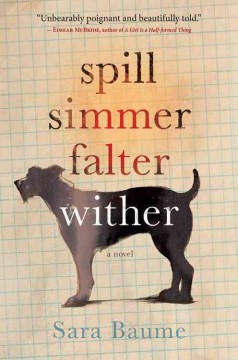 Spill Simmer Falter Wither: Here we have another acclaimed debut, this time from Ireland’s Sara Baume. Her tale features two outcasts: an unnamed man, whose whole life has been utterly overlooked by those in his village, and the one-eyed dog that he takes in, and to whom he tells his stories. This is a story of outcasts, transformed into something magical through Baume’s incredible insight and magnificent use of language. She already been awarded a number of Irish literary awards, and the Irish Times has raved: “This is a novel bursting with brio, braggadocio and bite. Again and again it wows you with its ambition…At its heart is a touching and inspiriting sense of empathy, that rarest but most human of traits. Boundaries melt, other hearts become knowable…This book is a stunning and wonderful achievement by a writer touched by greatness.”…and it seems high time that we get a chance to enjoy it, too!
Spill Simmer Falter Wither: Here we have another acclaimed debut, this time from Ireland’s Sara Baume. Her tale features two outcasts: an unnamed man, whose whole life has been utterly overlooked by those in his village, and the one-eyed dog that he takes in, and to whom he tells his stories. This is a story of outcasts, transformed into something magical through Baume’s incredible insight and magnificent use of language. She already been awarded a number of Irish literary awards, and the Irish Times has raved: “This is a novel bursting with brio, braggadocio and bite. Again and again it wows you with its ambition…At its heart is a touching and inspiriting sense of empathy, that rarest but most human of traits. Boundaries melt, other hearts become knowable…This book is a stunning and wonderful achievement by a writer touched by greatness.”…and it seems high time that we get a chance to enjoy it, too!
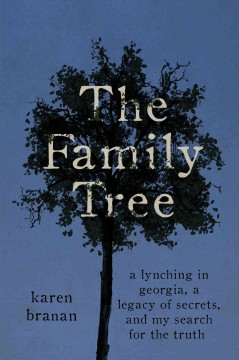 The Family Tree : A Lynching in Georgia, a Legacy of Secrets, and My Search for the Truth: In 1912, Harris County, Georgia, a white man, the son of the local sheriff, was shot and killed on the porch of a black woman. Several days later, the sheriff sanctioned the lunching of four innocent black residence in revenge for the death of his nephew. Karen Branan is the great-granddaughter of that sheriff, and this book is the result of some two decades of research, not only into the lynchings, but into the history and society in which permitted such behavior to occur. This is not only a history, but also a consideration of one women’s privilege, guilt, and courage to confront the darkest moments of the past in order to move forward. This book is being acclaimed by critics and activists alike, with W. Fitzhugh Brundage, the Chair of the History Department at UNC saying, “Branan has written a book of exceptional courage. She gives us a rare glimpse into the lives and minds of white southerners who lynched their black neighbors, engaged in moonshining, lived desperate lives, and yet were held in high esteem in their communities. As much as any book I know, The Family Tree gives a human face to the tragic human relations of the Jim Crow South.”
The Family Tree : A Lynching in Georgia, a Legacy of Secrets, and My Search for the Truth: In 1912, Harris County, Georgia, a white man, the son of the local sheriff, was shot and killed on the porch of a black woman. Several days later, the sheriff sanctioned the lunching of four innocent black residence in revenge for the death of his nephew. Karen Branan is the great-granddaughter of that sheriff, and this book is the result of some two decades of research, not only into the lynchings, but into the history and society in which permitted such behavior to occur. This is not only a history, but also a consideration of one women’s privilege, guilt, and courage to confront the darkest moments of the past in order to move forward. This book is being acclaimed by critics and activists alike, with W. Fitzhugh Brundage, the Chair of the History Department at UNC saying, “Branan has written a book of exceptional courage. She gives us a rare glimpse into the lives and minds of white southerners who lynched their black neighbors, engaged in moonshining, lived desperate lives, and yet were held in high esteem in their communities. As much as any book I know, The Family Tree gives a human face to the tragic human relations of the Jim Crow South.”
 Bowl : Vegetarian Recipes for Ramen, Pho, Bibimbap, Dumplings, and Other One-Dish Meals: I dare you to take one look at the pictures in this book and not want to try each and every dish found within its pages. I am so hungry right now, it’s difficult to actually put into words.
Bowl : Vegetarian Recipes for Ramen, Pho, Bibimbap, Dumplings, and Other One-Dish Meals: I dare you to take one look at the pictures in this book and not want to try each and every dish found within its pages. I am so hungry right now, it’s difficult to actually put into words.
Until next week, dear readers, and in the words of Douglas Adams, “Don’t Panic”. And happy reading!



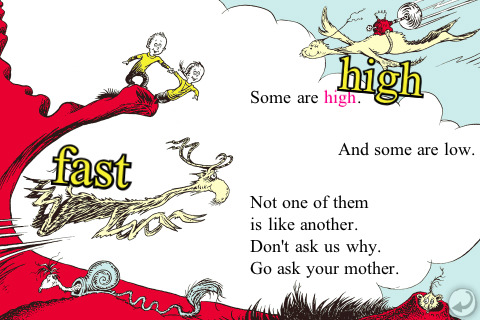
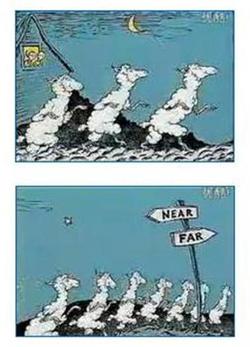
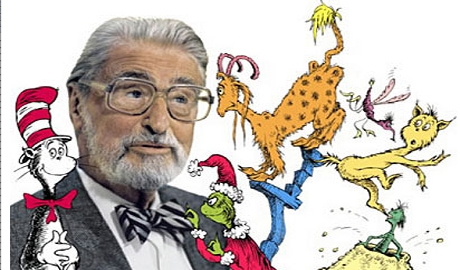 Those of you who frequent our Children’s Room will have seen the above-the-stacks display of Dr. Seuss books, featuring everything from
Those of you who frequent our Children’s Room will have seen the above-the-stacks display of Dr. Seuss books, featuring everything from 